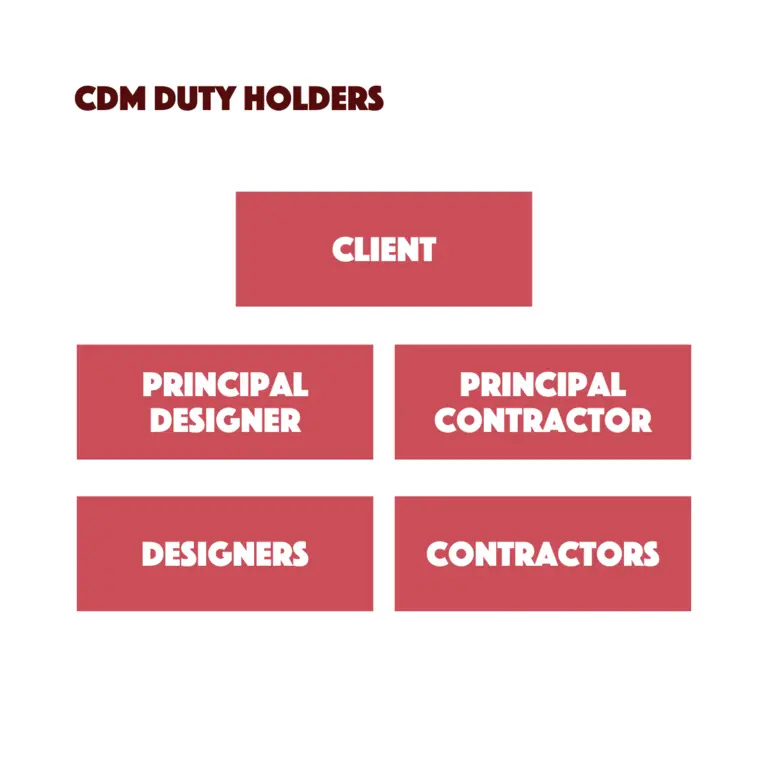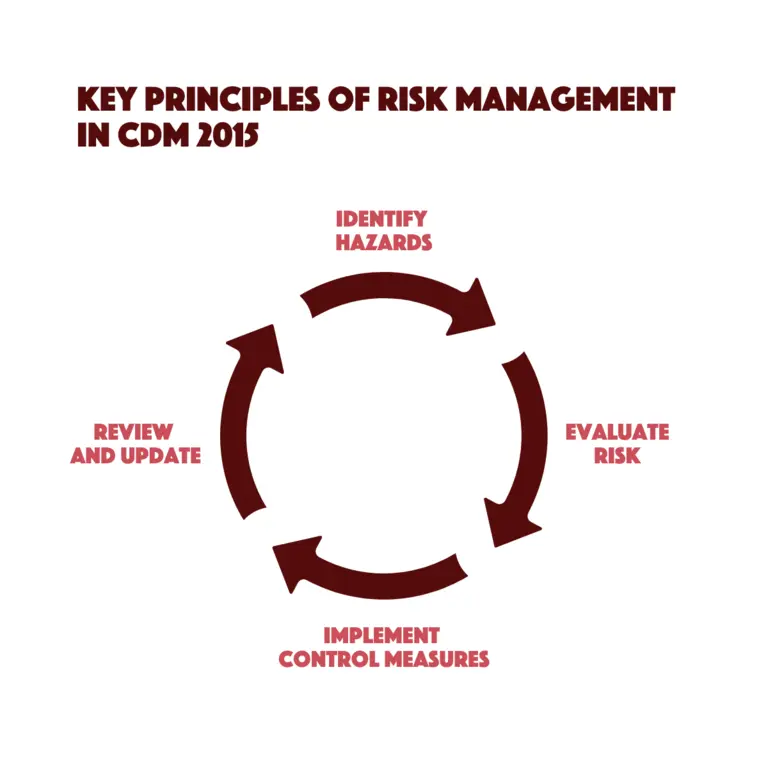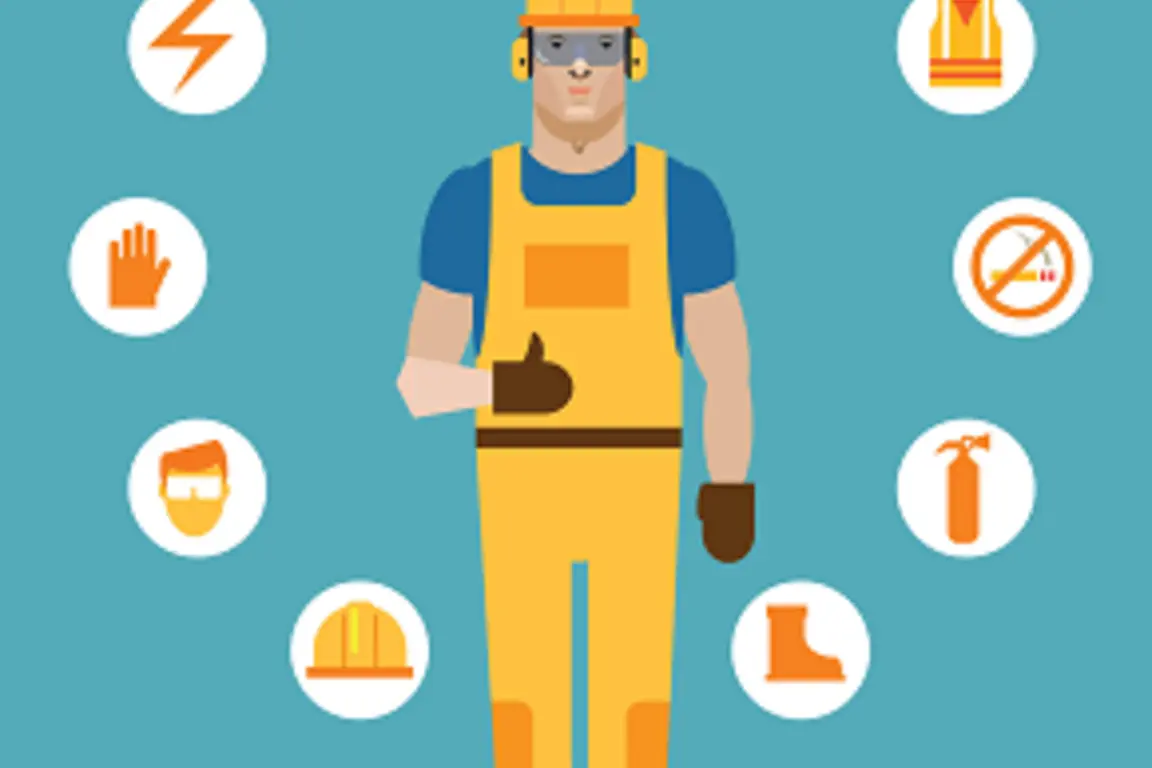Last updated - 12.08.2025
The Construction (Design and Management) Regulations 2015 (CDM 2015) have fundamentally reshaped how health and safety are approached in UK construction projects. But their relevance doesn’t stop there. Understanding what CDM stands for and what it really governs is critical not only for those in construction but for organisations across sectors, particularly manufacturing, where installation, refurbishment, and maintenance work is routine.
At Make UK, we've worked extensively with organisations both within and beyond manufacturing, and we recognise that CDM 2015 is just as crucial in managing risks on site during engineering modifications, plant installations, and scheduled maintenance shutdowns. These kinds of projects although not labelled as “construction” in the traditional sense may still fall under CDM's remit. Whether you're overseeing a factory reconfiguration or a boiler system replacement, Navigating CDM effectively can mean the difference between a smooth, compliant process and costly setbacks.
Our guide to CDM 2015, is designed to demystify the regulations and offer practical, jargon-free advice, tailored to the realities of industrial operations. From clarifying the roles of duty-holders to ensuring competence and coordination, we translate complex legal duties into clear, guidance that improve project planning and safeguard everyone involved. This includes information and details on the roles and responsibilities of the Client, Principal Contractor and the Principal Designer, to keep people safe, keep the project on time and keep your work compliant with Health and Safety Executive (HSE) and other relevant legislation.
From foundational principles to advanced compliance strategies this guide should cover everything you need to know about CDM regulations 2015. We are continuously updating this page however if you have questions beyond the scope of our guide, our expert team at Make UK is readily available to assist you with personalised support.
- Basics
- CDM Duty Holders
- Clients
- Principal Roles
- What is a Principal Role
- What is a Principal Designer
- What are the responsibilities of a Principal Designer under CDM?
- How does a Principal Designer collaborate with other project members?
- What is a Principal Contractor
- What are the responsibilities of a Principal Contractor under CDM?
- How does the Principal Contractor manage project risks?
- Differences Between Principal and Non-Principal (Supporting) Roles
- Supporting Roles
- Risk Management and Safety Planning
- What are the key principles of risk management in CDM 2015?
- How do you integrate safety planning into the early stages of a construction project?
- What role do designers play in risk management under CDM regulations?
- How should risk assessments be conducted and documented under CDM?
- What is a Health and Safety File, and why is it important?
- What is the Construction Phase Plan?
- What is Pre-Construction Information?
Basics
What is CDM?
CDM, which is short for Construction (Design and Management) Regulations, is a set of UK rules designed to ensure safety in construction projects. It's a framework that encourages health and safety planning, coordinating, and managing risk from the project's start to its finish.
In more detail, CDM regulations 2015 focuses on clear planning and risk management. It assigns specific responsibilities to each project role, including clients, designers, and contractors.
The regulations aim to improve overall project management and worker welfare, ensuring safety is considered throughout the construction process. This proactive approach helps in preventing accidents and health hazards, making construction sites safer for everyone involved.
When do CDM regulations apply - Do they apply to my project?
CDM Regulations apply to all construction projects in the UK, big or small. Whether it's commercial or residential, if your project involves construction work, CDM 2015 is relevant.
Within the construction industry, the scope of CDM 2015 is broad, encompassing a variety of construction activities, including building, demolition, structural alterations, and even maintenance work. These regulations become particularly crucial for projects involving more than one contractor, requiring coordinated safety management and clear communication of risks and responsibilities.
It’s not just about the size or duration of the project; it's about ensuring safety and health considerations are integrated into every stage of the construction process.
If you are still uncertain about the applicability of CDM regulations to your project, contact our team at [email protected] for expert guidance.
What happens if you fail to comply with CDM Regulations?
The penalties for non-compliance are significant, with fines averaging around £80,000 and can escalate to as much as £900,000. There's even precedent for prison sentences in extreme cases.
Beyond the financial impact, failing to comply with CDM can also lead to operational setbacks, damage to your company's reputation, and a higher risk of workplace accidents.
CDM regulations are becoming increasingly stringent, and compliance is crucial. To ensure you're on the right track from the start, we strongly recommend prioritizing compliance from the pre-construction phase. Our team is here to assist you every step of the way. Reach out to us to secure your project's compliance, safety, and success.
What is a CDM notifiable project?
A CDM notifiable project is one that meets specific criteria outlined in the Construction (Design and Management) Regulations (CDM) 2015. These criteria are designed to identify higher-risk construction projects where the regulations' full requirements apply.
In general, a project is considered CDM notifiable if it is expected to last more than 30 working days and involve 20 or more workers simultaneously at any point, or if the project exceeds 500 person-days (number of workers multiplied by the number of days worked). Additionally, if the project involves work with a high level of risk, such as demolition or work in confined spaces, it may also be considered notifiable regardless of its size or duration.
See our blog 8 Ways Manufacturers Could Get Caught Out By CDM Regulations 2015 for some common CDM projects.
If you're unsure about whether your project is CDM notifiable or need guidance on how to proceed, we can help you determine this. Contact our team at [email protected] for assistance.
CDM Duty Holders
What are Duty Holders in CDM - Who needs to be involved?
The CDM regulations establish specific roles known as "duty holders" who play essential roles in ensuring compliance and safety throughout a construction project. Here's a brief overview of each duty holder's role:
- Client: The client initiates the project and ensures it is adequately resourced, including appointing competent professionals. They prioritize health and safety from start to finish.
Find out more about the client's role in CDM here.
- Principal Designer: Responsible for coordinating health and safety during the pre-construction phase, identifying risks, and providing safety information.
Find out more about the Principal Designer's role in CDM here. - Principal Contractor: Takes charge of coordinating health and safety during the construction phase, managing contractors, and developing the Construction Phase Plan.
Find out more about the Principal Contractor's role in CDM here. - Designers: Designers, such as architects and engineers, incorporate health and safety principles into their designs, aiming to eliminate or reduce risks during construction and use.
Find out more about the Designer's role in CDM here. - Contractors: Contractors plan, manage, and monitor construction work, ensuring it is carried out safely. They cooperate with other duty holders to maintain a safe working environment.
Find out more about the Contractor's role in CDM here.

Clients
Who are CDM Clients
CDM clients are individuals or organizations that initiate a construction project. They have a pivotal role in setting the project's standards and ensuring compliance with CDM 2015 regulations. A CDM client is responsible for appointing the project team, including the principal designer and principal contractor, and ensuring that the project is managed in a way that guarantees health and safety.
What is the difference between a commercial client and domestic client
In CDM 2015, clients are distinguished as either commercial or domestic.
- Commercial clients are businesses or organizations undertaking construction work related to their trade, business, or other undertaking.
- Domestic clients are individuals having construction work done on their own home or the home of a family member that is not connected with a trade or business.
What are the CDM client duties?
CDM client duties revolve around managing construction projects with a focus on safety and efficiency. This requires a clear understanding of what CDM is in construction practices, ensuring that every aspect of the project aligns with these critical safety regulations.
- Appointing competent teams.
- Making sure adequate resources and time are allocated for safety.
- Ensuring that relevant information is provided.
- Effectively planning and managing the project.
Principal Roles
What is a Principal Role
Principal roles in CDM refer to key positions responsible for managing health and safety aspects of a project. These roles include Principal Designer and Principal Contractor.
What is a Principal Designer
A principal designer oversees health and safety in the pre-construction phase, identifies and manages risks.
In addition to CDM regulations, under the Building Safety Act 2022, the Principal Designer is responsible for overseeing and coordinating building design work for all projects requiring building control approval.
What are the responsibilities of a Principal Designer under CDM?
The Principal Designer oversees health and safety aspects during the project's design and planning phases. They are responsible for:
- Overseeing health and safety in design and planning phases.
- Identifying, eliminating, and controlling foreseeable risks.
- Communicating health and safety risks and solutions to the project team.
- Ensuring design complies with health and safety standards.
How does a Principal Designer collaborate with other project members?
The Principal Designer works closely with clients, contractors, and designers to ensure seamless integration of safety considerations. They communicate health and safety risks and solutions effectively to all parties involved.
What is a Principal Contractor
A principal contractor manages the construction phase, coordinates with contractors, and ensures safety on site.
What are the responsibilities of a Principal Contractor under CDM?
A Principal Contractor is responsible for managing the construction phase of a project under CDM regulations. Their responsibilities include:
- Managing the construction phase for safety.
- Developing and implementing the construction phase plan.
- Coordinating work among contractors.
- Ensuring compliance with health and safety practices.
- Communicating health and safety risks and practices on-site.
How does the Principal Contractor manage project risks?
They systematically assess and mitigate risks through the construction phase plan. The Principal Contractor ensures all contractors comply with this plan and that safety measures are effectively implemented.
Differences Between Principal and Non-Principal (Supporting) Roles
Principal roles have specific responsibilities under CDM for overseeing project safety.
Non-principal roles (AKA supporting roles), such as designers and contractors, have duties too but are more focused on executing their specific tasks within the safety framework set by the principal roles.
Supporting Roles
What Are Supporting Roles
Supporting roles in a CDM project include designers and contractors who are not principal holders. They play crucial parts in ensuring project safety but operate within the framework established by the principal roles.
What is a Designer in CDM?
A designer in CDM is anyone who prepares or modifies a design for a construction project.
What are the responsibilities of Designers under CDM?
Designers must ensure their designs take into account health and safety, minimizing risks during construction and future maintenance.
- Integrating health and safety considerations into designs.
- Minimizing risks during construction and maintenance.
- Communicating design-related risks to the client and principal designer.
- Collaborating with the project team for safety integration.
What is a Contractor in CDM?
A contractor carries out the actual construction work. They are responsible for managing on-site safety and complying with the safety plans and protocols established.
What are the responsibilities of Contractors under CDM?
Contractors are responsible for making sure their work on the physical site is carried out safely.
- Planning, managing, and monitoring work to ensure it's carried out safely.
- Adhering to the project's safety plans.
- Ensuring workers' health and safety.
- Collaborating with other duty holders for safety management.
Risk Management and Safety Planning
What are the key principles of risk management in CDM 2015?
- Identifying hazards early in the project
- Evaluating potential risks associated with these hazards
- Implementing measures to eliminate or control risks
- Regularly reviewing and updating risk management strategies

How do you integrate safety planning into the early stages of a construction project?
Safety planning should start in the project's initial phases. This includes identifying potential hazards, planning how to mitigate them, and ensuring that safety measures are built into project plans from the beginning.
Early safety planning is vital for project success and compliance. Make UK's consultancy services can assist in establishing robust safety planning from the start.
What role do designers play in risk management under CDM regulations?
Designers play a critical role in risk management by ensuring that their designs minimize risks during construction and subsequent maintenance, effectively contributing to the project's overall safety.
How should risk assessments be conducted and documented under CDM?
Risk assessments should be thorough, identifying all potential hazards. They must be documented clearly, detailing how risks will be managed and mitigated.
This documentation is crucial for ongoing project management and compliance. If you are unsure of how to undertake a risk assessment, reach out to our team at [email protected] for guidance.
What is a Health and Safety File, and why is it important?
The health and safety file in CDM is a comprehensive record of relevant health and safety information. It is vital for informing future maintenance, cleaning and repair work, ensuring that such activities can be conducted safely. Once the project has been completed the health and safety file will be passed the client to be kept for the lifetime of the building.
What is the Construction Phase Plan?
The Construction Phase Plan is a comprehensive document required for every construction project under CDM regulations. It outlines the health and safety arrangements, site rules, and specific measures concerning any foreseeable risks associated with the construction work.
This plan, developed by the Principal Contractor, is essential for coordinating all safety efforts during the construction phase.
Download The HSE Construction Phase Plan Here
What is Pre-Construction Information?
Pre-Construction Information involves detailed data provided by the client and Principal Designer about the project site, existing structures, and any potential hazards.
This information is crucial for planning and conducting the construction work safely. It helps all parties involved in the project, especially contractors and designers, to understand the risks and prepare appropriate safety measures before the construction phase begins.
Still Confused?
Understanding every detail of CDM 2015 regulations can be daunting. At Make UK, we specialise in supporting manufacturers and other businesses with their construction projects, bringing a unique perspective tailored to your sector.
Our team of experts, equipped with years of experience and the latest insights, offers comprehensive support in CDM compliance, providing personalized advice and solutions. Let us handle the complexities of CDM compliance, allowing you to concentrate on your core business operations.
Connect with us today for a tailored plan.
Additionally, we cover everything within this guide and more in our CDM training courses, which can be delivered to students individually or through in-company training. Explore our training options below to further enhance your understanding and compliance with CDM 2015.
